This post is brought to you by SIDEBAR: As a leader, how do you stay ahead and get that next promotion? Sidebar is a transformative professional growth platform, with a curated community of top-tier senior tech professionals (director to C-level) from the world’s best companies. Find out why 93% of members say that Sidebar has made a significant difference in their career trajectory.
I love a good framework. Each one is like a mental shortcut—a big, important idea compressed down into a memorable snippet, so you have it when you need it. Unfortunately, for every life-changing framework, there are dozens of half-baked ones that don’t actually work. I’ve learned that the hard way.
So, which ones are worth remembering and using?
Let me help: Here are my top 9, which I keep coming back to over and over again. I’ve provided a brief summary of each one, along with links to the full articles for a deeper dive: these are worth digging into!
1. Growth Loops (How to go from linear to compounding growth)
This framework explains how growth loops can create a compounding cycle of growth. This concept is particularly important in distinguishing growth strategies from the default marketing framework—the funnel—which is inherently linear. The concept of a loop is more accurate to what is necessary to set up self-sustaining growth. If you want a truly scalable strategy, you can’t keep pouring resources into the top of a funnel… you need a loop that creates a flywheel.
How I use it: I live and breathe this framework. For any company I work with, my first questions are about what kind of loops they have, how those loops are performing, and what new loop ideas they have. At Dropbox, we even have an entire Growth pod that only works on our main Growth loop: New user adds content ➡️ Shares with somebody ➡️ Recipient becomes new user 🔁
Read more: Growth Loops are the New Funnels, by Reforge
2. Racecar Framework (Fully extending the ‘growth engine’ metaphor)
Not all growth tactics are created equal. The Racecar Growth Framework separates growth loops (engine) from optimizations (lubricants) from one-off tactics (turbo boosts) from funnels (fuel). It’s a valuable model for product managers and growth professionals aiming for sustained success.
How I use it: This is an extension of the Growth Loops framework. The first step is categorizing all of my team’s Growth activities according to the Racecar elements. But then I also use it to maintain the ideal balance across areas of focus, particularly to avoid over-indexing on fuel or lubricants only.
Read more: Racecar Growth Framework, by Lenny Rachitsky and Dan Hockenmaier
3. The Adjacent User Theory (How to grow beyond your initial PMF)
Bangaly Kaba’s theory addresses one of the most important challenges in Growth: How do you expand beyond your initial product-market fit? Every successful product eventually reaches a saturation point, where they’ve acquired enough users in their target audience that growth starts to stall. So, as Bangaly explains, the key is to identify adjacent users: people or companies who are close enough to your target audience that they can be folded into the existing product. This approach allows later-stage teams to re-accelerate growth—like Bangaly did at Instagram, boosting them from a plateau at 400 million users, all the way up to 1 billion!
How I use it: One foundational exercise for company alignment is identifying the core persona and use case—the primary audience and problem statement your product is designed for. Then, look for other personas or use cases that are also benefiting from the product. Then, work to understand how you can align those additional audiences with your core target audience to broaden the product's appeal.
Read more: The Adjacent User, by Bangaly Kaba
4. Brian Balfour’s Four Fits (PMF’s BFFs)
This one is iconic: Everyone knows about Product-Market Fit, but Brian Balfour (before he started Reforge! Although it's on their blog, now) pointed out that reaching $100M+ actually requires four intersecting fits: Product-Channel Fit; Channel/Model Fit; Model-Market Fit; and (reverse!) Market-Product Fit. That may sound confusing, but understanding how all of these components fit together is crucial for unlocking massive Growth.
How I use it: This is a must-read for any founder looking to scale their product—without a model-channel component, in particular, you are dead in the water.
Read more: The 4 Growth Frameworks You Need to Build a $100M Product, by Brian Balfour
[Editor’s Note: How did Brian not call this "The BalFour Fits" model!?]
5. Founder-Led Growth (Why early-stage companies shouldn’t hire a Growth person)
Here’s the hard reality: A startup’s growth is deeply dependent on its unique context. To get to Product-Market fit, you have to solve for the unique equation of your product and your market. And no one understands the product and market better than the founders themselves.
Willie Tran does a great job of explaining that, because of this, founders need to take responsibility for owning the growth efforts in the early stages of a company. Hiring for growth too soon can ruin a company. Fortunately, founders absolutely can (and must) drive early growth, themselves.
How I use it: This is my go-to-advice to any founder looking to hire a Growth team. Spoiler alert: 99% of the time, I tell them DON’T DO IT and point to this article :)
Read more: Dear startup founder, you do not need a growth person, by Willie Tran
+ My personal follow-up on this: Six rules of hiring for growth
6. Fast-Moving Water (The invisible factor in startup success)
The idea, here, is that Growth depends a lot more on the market than companies would like to admit. Every startup is in a metaphorical river, and if you jump into fast-moving water (a rapidly expanding industry), you’ve got a much higher chance of a successful outcome. And, on the other side, some companies can execute incredibly well, but if they’re in a stagnant category, they will still struggle to succeed. Find the lanes that have momentum and dive in.
Read more: Find the Fast-Moving Water, by James Currier
7. S-curves (The sequencing you need for long-term Growth)
Companies can only sustain growth by moving from one growth phase to the next, often by creating new products or growth loops. This progression can visualized as an S-curve. As acquisition loops eventually hit limits, companies must identify when to invest in new loops or products to maintain momentum. Casey Winter provides excellent examples from companies like Pinterest, Eventbrite, and Grubhub to illustrate successful and failed attempts at S-curve sequencing. Understanding these dynamics is crucial for long-term growth.
How I use it: I saw Casey give a keynote on this topic, and I've been an S-curve believer ever since. This concept is especially relevant for later-stage companies, showing practical examples of the need to introduce new growth loops, channels, and products to sustain momentum.
Read more: S-curves and Product Sequencing, by Casey Winters
Related: Andrew Chen’s "Law of Shitty Clickthroughs," which covers the idea that every growth engine eventually loses steam. Both highlight the necessity of continuously innovating to maintain growth.
8. The Risk of Over-Testing (When not to run an A/B test)
For a long time, companies weren’t doing enough testing. Many still aren’t. But the opposite can also be true. Over-testing can actually be just as dangerous. I love Tal Raviv’s perspective: he points out that strategy is often the underlying issue, not the tactical layer that A/B tests validate. Remember to go after the big-picture items, and don’t worry about micro-optimization.
How I use it: Every company goes through an existential crisis of ‘Should this be AB tested?’ Some underdo it, some overdo it. Even worse, different teams have different qualification criteria for experimentation. So I always introduce this framework to create a solid foundation and cross-functional alignment for an "experimentation lifecycle," ensuring that everyone is aligned on what should or shouldn’t be tested.
Read more: Please Don’t A/B Test That: Why Strategy Should Trump Tactics, by Tal Raviv
9. Opinionated Defaults (A simple way to guide user behavior)
Product teams often release amazing functionality and then… release it as an opt-in. In other words, it’s ‘Off’ by default. Then, the team agonizes about why adoption is not there. Opinionated defaults refer to product design decisions that guide users toward desired actions. My pal Adam Fishman developed this one, and it explains how strategically setting these defaults can drive growth by making user decisions easier and more predictable.
How I use it: This is a quick shortcut to improved adoption and hopefully retention - just flip a few key features to be ON by default! Then apply this framework to make future decisions on which defaults you’ll have an opinionated view on.
Read more: Leveraging Opinionated Defaults to Power Growth, by Adam Fishman
That’s it! There are certainly other great frameworks out there, but these are the 9 (plus mine) that I come back to, again and again.
Want to level up your Growth game? Commit to reading one of the linked articles per day for the next week and a half. Your future self will thank you.
PS - Bonus! My favorite frameworks of my own. I don’t know that these are as powerful as the ones above, but here are the concepts that I’ve developed, which I reference the most:
The Paid vs. Free Feature Decision Tree: A consistent framework for deciding which of your new features to paywall.
Reverse Trials: The best way to nail free-to-paid conversion.
The Power of Profiling (in Onboarding): The secret key to activation.
How to think about Freemium: A comprehensive guide. (Includes an exploding Die Hard meme.)
Growth in B2B vs B2C: The not-so-secret origins of PLG.
Would you like to sponsor my newsletter? Send an inquiry.
Edited with the help of Jonathan Yagel.

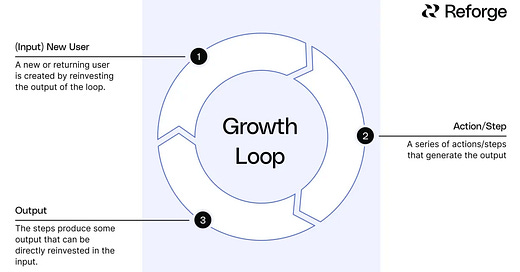



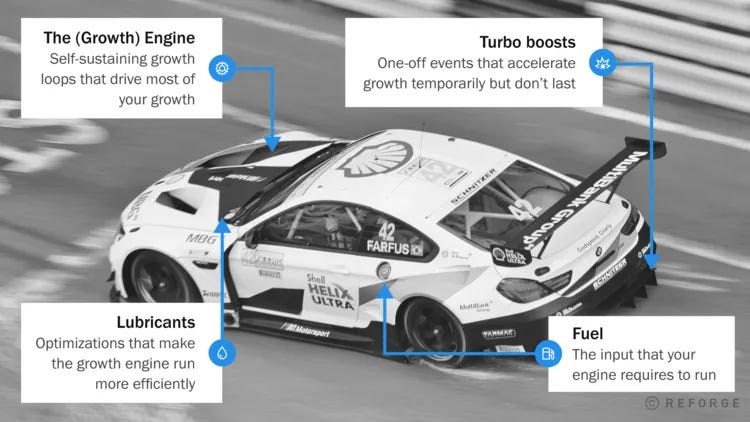
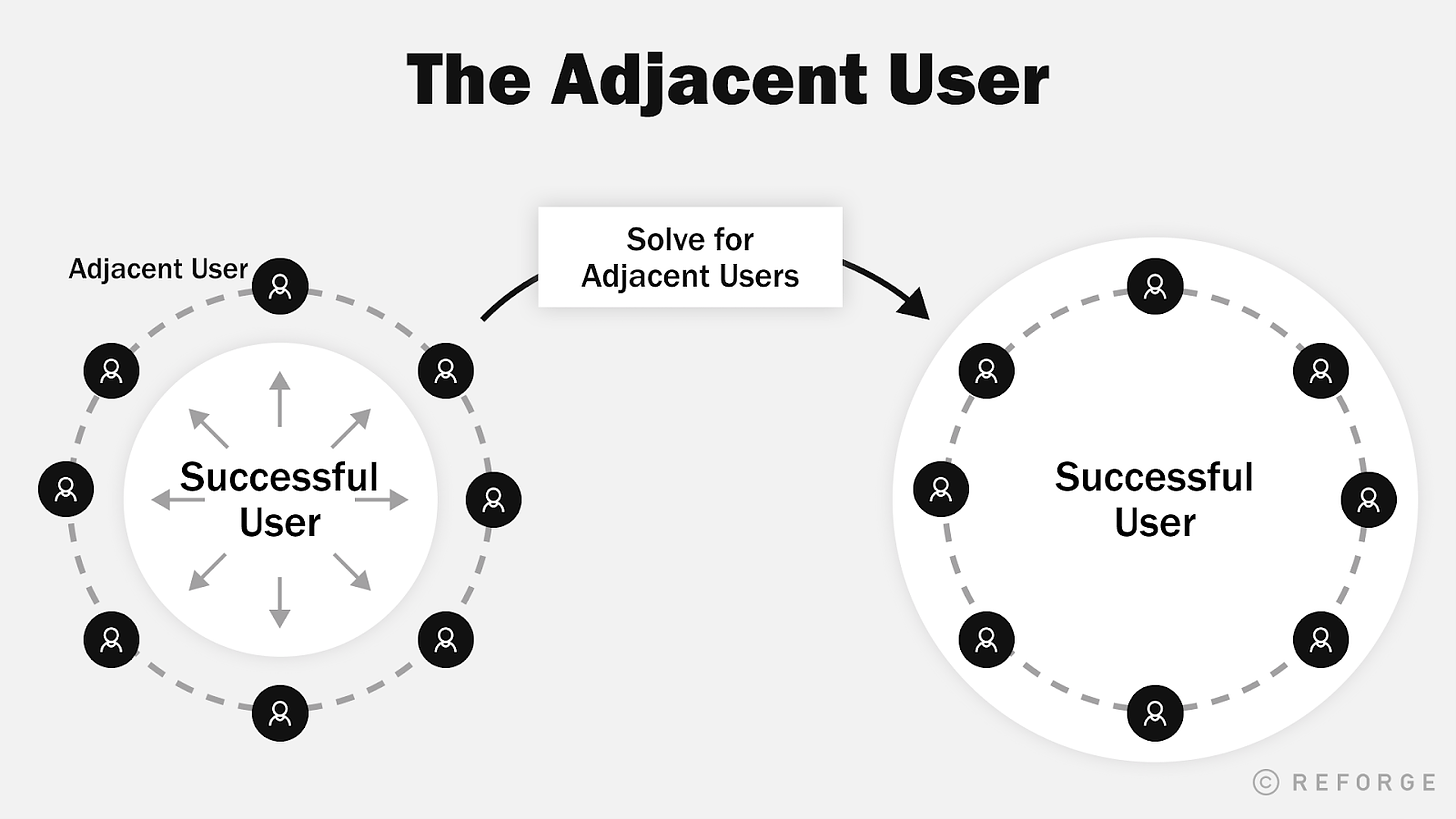
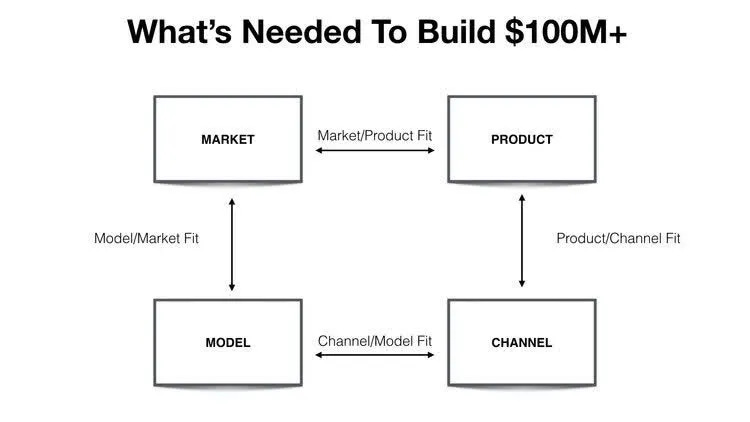
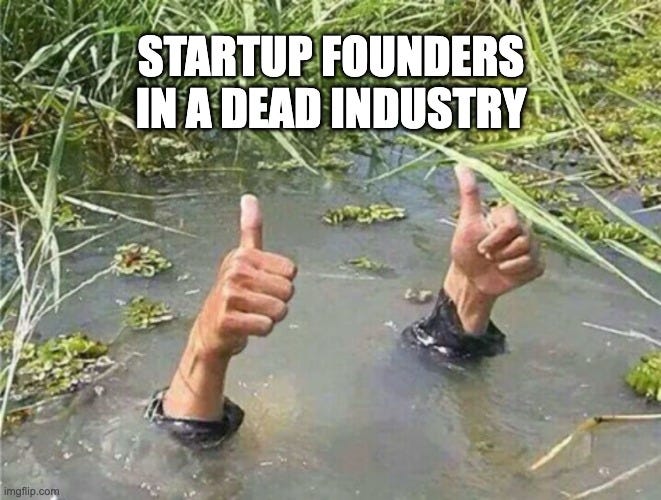
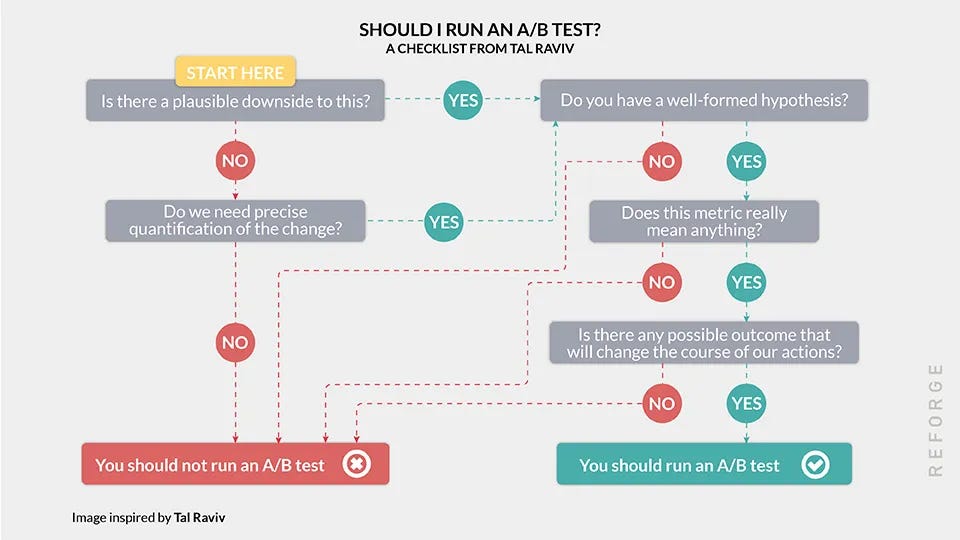
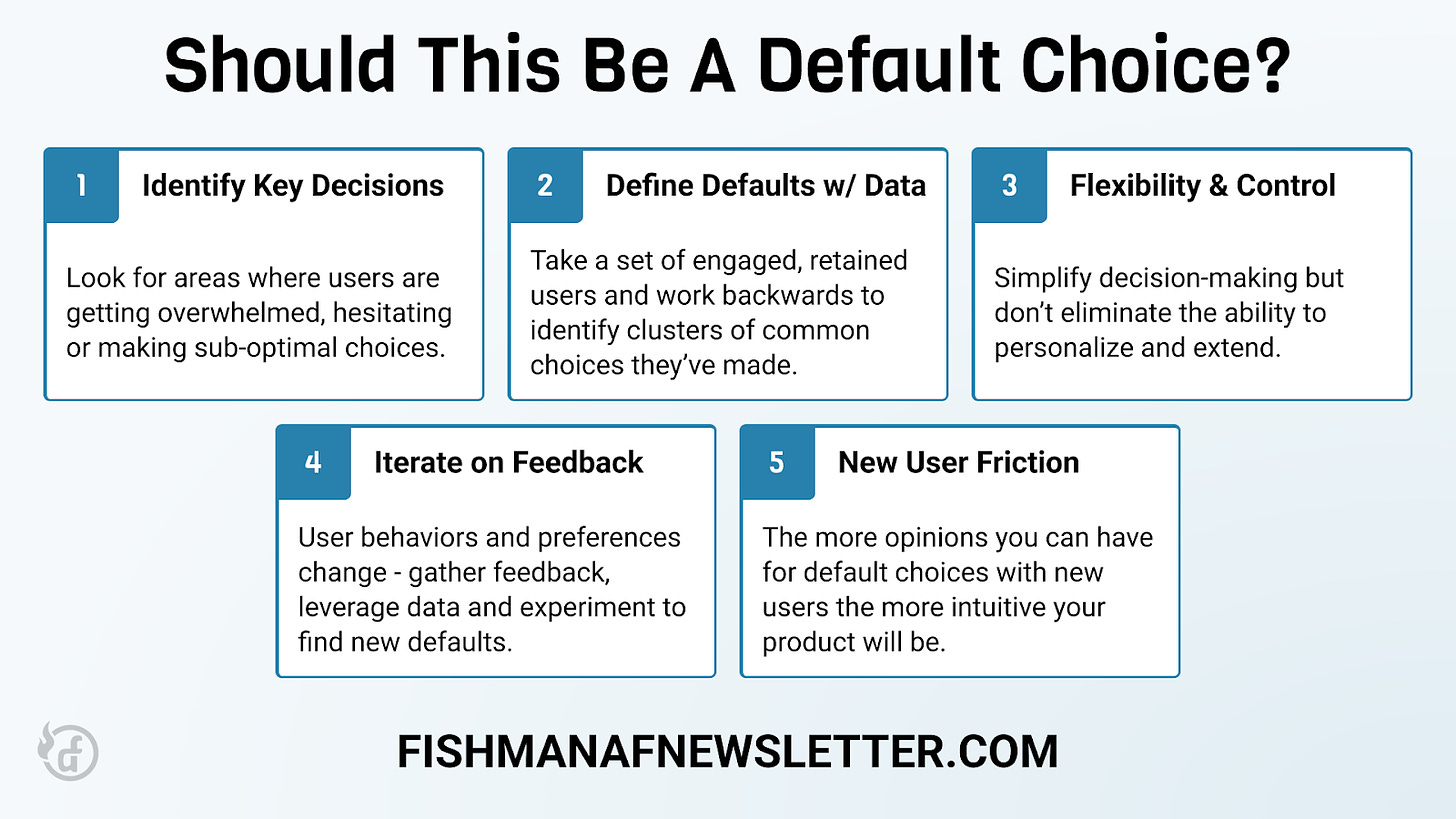
Thanks for sharing this, I didn't know about the number six (Fast-Moving Water). I particularly like and use the AARRR funnel, this framework combines very well with quarterly OKRs for the team. Plus: AARRR is simple to understand.
Jesus Christ
You are amazing.
I’m putting a poster image of yours right next to the Tim Duncan I have in my room